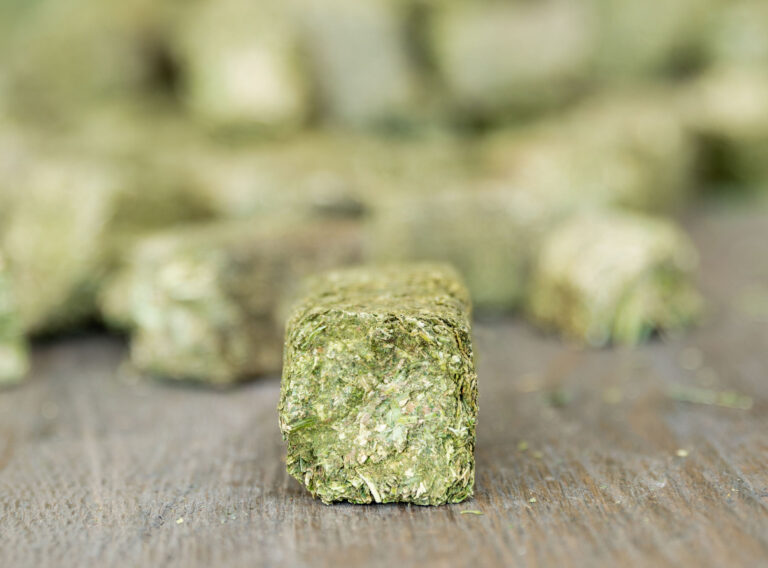Alfalfa has long been a staple in the diets of livestock, particularly horses, due to its high nutritional content and palatability. However, recent trends and challenges have made alfalfa increasingly difficult to source. This blog explores the reasons behind the scarcity of alfalfa, its impacts on farmers and livestock owners, and possible solutions to navigate this growing concern.
Reasons for Alfalfa Scarcity
1. Environmental Conditions: Climate change and its associated impacts have led to unpredictable weather patterns, which significantly affect alfalfa production. Droughts, in particular, have become more frequent and severe in regions that traditionally produce large quantities of alfalfa. These conditions stress alfalfa crops, reduce yields, and in some cases, prevent planting altogether.
2. Water Scarcity: Alfalfa requires substantial water for cultivation, making it particularly vulnerable in areas facing water restrictions and shortages. As aquifers are depleted and water rights become more contested, farmers may be forced to reduce alfalfa cultivation in favor of less water-intensive crops.
3. Land Use Changes: Urban sprawl and the development of rural lands can reduce the available acreage for alfalfa cultivation. As real estate becomes more valuable, farmers may opt to sell their lands or repurpose them for more profitable ventures, further decreasing alfalfa production areas.
4. Economic Shifts: The economic pressures of farming—increased labor costs, rising equipment expenses, and fluctuating market prices—can make alfalfa cultivation less attractive compared to other agricultural outputs. When profit margins tighten, farmers might prioritize crops that promise higher returns or lower costs.
Impacts of Alfalfa Scarcity
The scarcity of alfalfa affects various sectors, primarily livestock owners who rely on it for feed. Higher prices for scarce alfalfa bales impact the cost of maintaining healthy animals, especially for horse and dairy cow owners who depend on its high protein and energy content. This can lead to increased operational costs and the need to seek alternative feed sources, which may not provide the same nutritional benefits.
Navigating Alfalfa Scarcity
1. Exploring Alternatives: Farmers and livestock owners might consider alternative forages that can thrive under local conditions while providing similar nutritional benefits. Options like clover, sainfoin, or grass mixes could be viable substitutes, depending on the region and climate.
2. Improving Efficiency: Investing in more efficient irrigation techniques and soil health can help maximize the yield of alfalfa crops. Techniques like drip irrigation or the use of cover crops to maintain soil quality could mitigate some environmental challenges.
3. Collaborative Solutions: Building cooperative agreements among farmers to share resources and knowledge can help stabilize alfalfa supplies. Additionally, collective purchasing and storage initiatives can reduce costs and ensure a more consistent feed supply.
4. Advocacy and Policy Engagement: Engaging with policymakers to ensure that agricultural interests are represented in water management and land use decisions is crucial. Advocacy for agricultural policies that support sustainable practices can also contribute to long-term solutions for alfalfa scarcity.
In conclusion, the scarcity of alfalfa presents significant challenges but also opportunities for innovation and adaptation in the agricultural sector. By understanding the underlying causes and exploring practical solutions, farmers and livestock owners can navigate these challenges and continue to provide essential nutrition to their animals. The resilience and adaptability of the agricultural community will be key in facing the forage challenges of the future.



